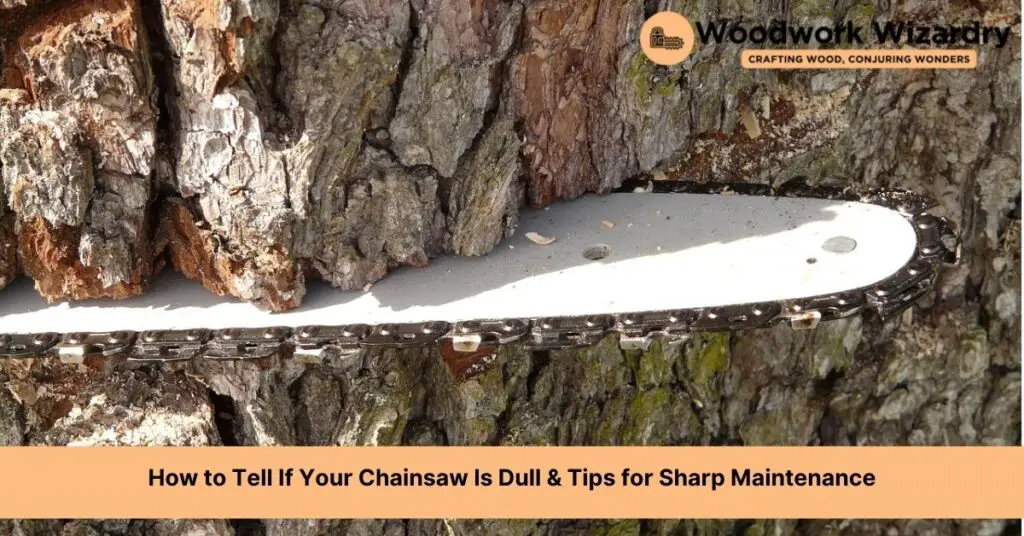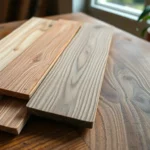Have you ever found yourself working twice as hard to cut through a piece of wood, only to realize your chainsaw might be the one to blame? We’ve all been there. Knowing when your chainsaw is dull can save you time, energy, and ensure your safety. But how can you tell when it’s time to sharpen those teeth?
Let’s dive into the signs that indicate a dull chainsaw. From the effort it takes to cut through wood to the type of shavings produced, we’ll guide you through the telltale signs. It’s not just about a slower cutting speed; there are subtle cues that can alert you before you hit a snag. Stick with us as we explore how to keep your chainsaw in top-notch condition, ensuring your projects go smoothly and efficiently.
Signs Your Chainsaw Is Dull
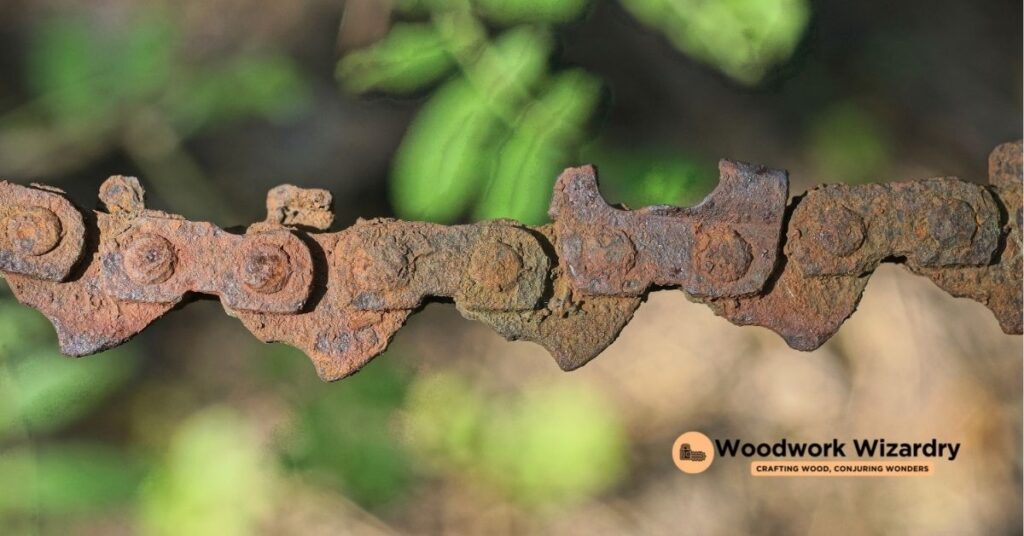
Keeping an eye out for signs of a dull chainsaw is crucial for our projects to progress smoothly and safely. Here, we delve into the key indicators that suggest it’s time to sharpen or replace the chainsaw blade.
Increased Physical Effort
One telltale sign is the need for more force to push the chainsaw through the wood. Instead of slicing through easily, a dull blade requires more pressure from us, making cuts more labor-intensive.
Change in Sawdust Size
The size and shape of the sawdust produced during cutting offer clues about the blade’s sharpness. Sharp chains create fine, even sawdust, whereas dull chains produce larger, more uneven wood chips.
Inability to Cut Straight
A sharp chainsaw should seamlessly cut through wood without deviation. If we find the saw veering off course or struggling to maintain a straight line, it likely indicates a dull blade.
Increased Vibrations
Excessive vibration during operation is not only uncomfortable but also a sign that the chainsaw isn’t cutting efficiently. Dull chains make it harder for the saw to pierce the wood, resulting in increased vibrations.
Visible Damage
Upon inspection, visible signs such as nicks, flattened cutting edges, or damaged teeth can confirm a blade’s dullness. Regular check-ups help us spot these physical signs before they impact our work.
Understanding these indicators saves us time, energy, and ensures our safety. By staying vigilant and performing regular maintenance, we can keep our chainsaw’s blade in optimal condition, ready for any project we undertake.
Why a Sharp Chainsaw Matters
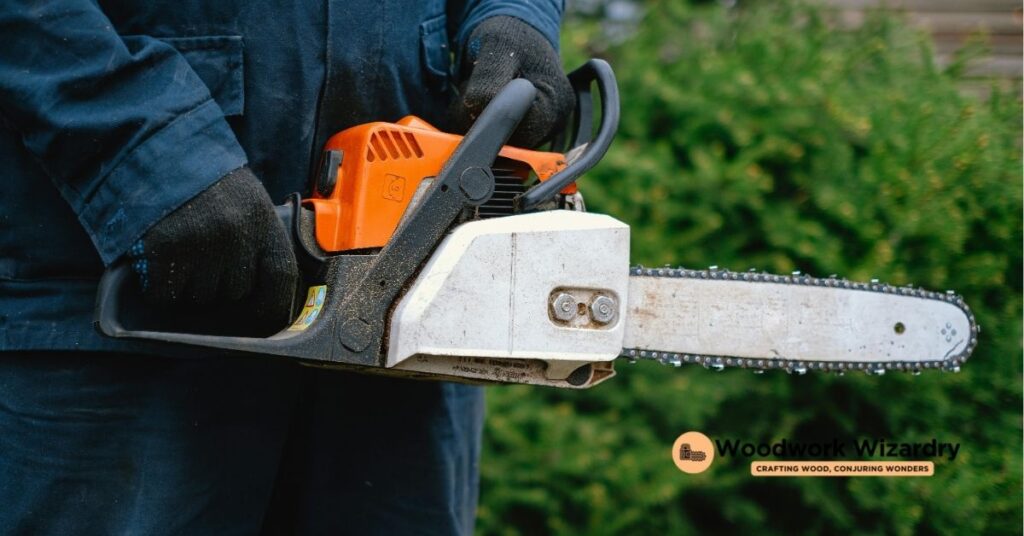
Recognizing the signs of a dull chainsaw, as we’ve discussed, is crucial for several reasons. A sharp chainsaw significantly impacts the efficiency, safety, and outcome of your work. Here, we delve into why maintaining a sharp chainsaw isn’t just about upkeep but is essential for optimal performance.
Firstly, a sharp chainsaw ensures efficient cutting. It slices through wood with minimal effort, saving you time and energy. Instead of applying excessive force, you can let the chainsaw do the work for you, allowing for faster completion of tasks.
Safety comes next. A dull chainsaw poses risks, as it requires more force to cut through wood, increasing the likelihood of accidents or injuries. A sharp blade, however, offers better control and reduces the chance of the chainsaw slipping or binding, protecting you during operation.
Furthermore, a sharp chainsaw produces cleaner cuts. This precision is particularly important for projects requiring a high level of detail or for cutting firewood to a specific size. Clean cuts also mean less damage to the wood, preserving its integrity for whatever purpose it serves.
Lastly, maintaining a sharp chainsaw extends its lifespan. Dull blades put additional stress on both the chainsaw’s motor and the guide bar, leading to premature wear. Regular sharpening, conversely, ensures your chainsaw works effectively for longer, providing better value for your investment.
Understanding and recognizing when your chainsaw becomes dull allows for timely maintenance, directly impacting your work’s quality and safety. With a sharp chainsaw, you can approach any task with confidence, knowing you have the right tool for the job.
How to Sharpen a Dull Chainsaw
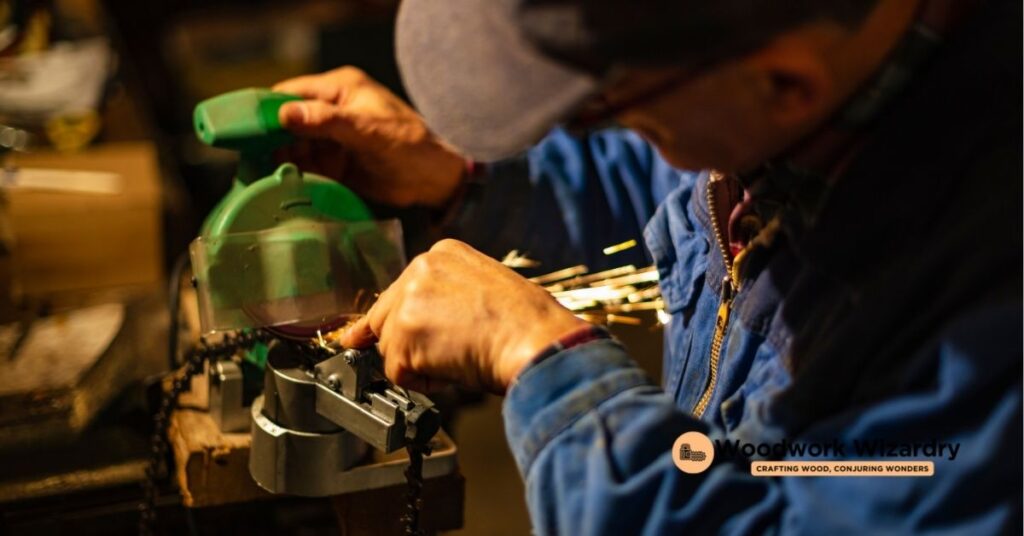
After recognizing the signs of a dull chainsaw and understanding its impact on efficiency and safety, it’s crucial to know how to restore its sharpness. Sharpening a chainsaw involves a few key steps that require precision and care.
Gather Necessary Tools
First, gather the necessary tools for the job:
- A round file matched to the size of the chainsaw’s chain pitch
- A filing guide to ensure the correct angle
- A flat file for the depth gauges
- A depth gauge guide for consistency
- A bench vice or a similar clamping device to hold the chainsaw steady
Secure the Chainsaw
Before starting, ensure the chainsaw is powered off and securely clamped down. This steadies the chainsaw and makes the sharpening process safer and more efficient.
File the Cutters
Using the round file and filing guide, file each cutter with smooth, even strokes. Perform the same number of strokes on each cutter to maintain consistency in sharpness across the chain. It’s essential to file at the correct angle recommended by the chainsaw’s manufacturer for optimal performance.
Adjust the Depth Gauges
After sharpening the cutters, use the flat file and depth gauge guide to adjust the depth gauges. Properly set depth gauges ensure the chain bites into the wood at an optimal depth, enhancing cutting efficiency.
Test the Chainsaw
After sharpening, test the chainsaw on a piece of wood to ensure it’s operating smoothly and efficiently. Properly sharpened chainsaws require less effort, produce cleaner cuts, and offer improved control, directly reflecting the importance of maintaining a sharp blade for safe and effective project completion.
By following these steps, users can confidently maintain their chainsaws, ensuring they remain efficient, safe, and ready for any job.
Preventing Your Chainsaw From Getting Dull
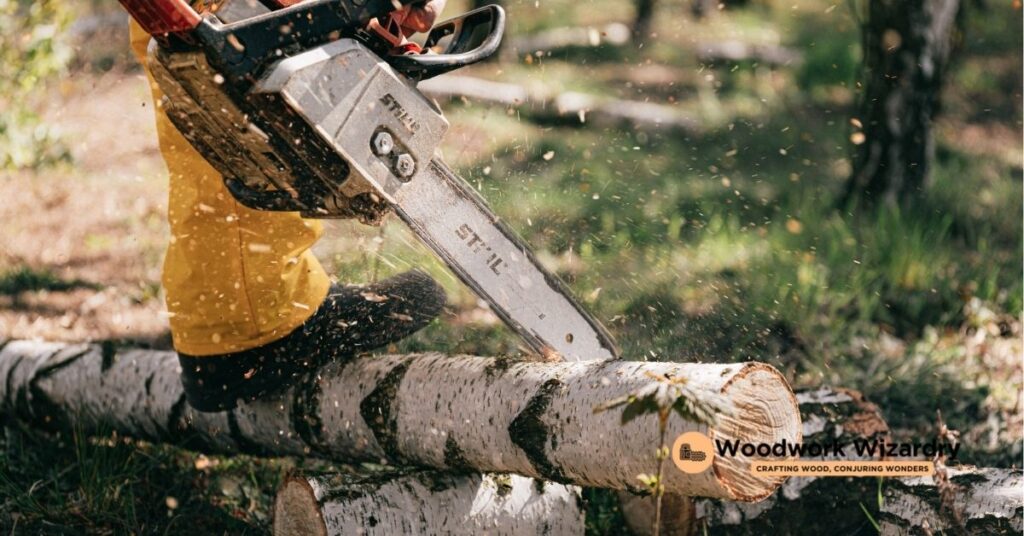
After learning how to sharpen a dull chainsaw and understanding the importance of maintaining a sharp blade for efficiency and safety, let’s dive into how to prevent our chainsaw from getting dull. By taking proactive measures, we can extend the life of our chainsaw blades and ensure they’re always ready for the next project.
Use the Right Chainsaw for the Job
Matching the chainsaw to the task not only ensures efficiency but also reduces wear on the blade. For instance, using a lighter chainsaw for pruning and a more powerful one for cutting through thick trunks can help minimize unnecessary dulling.
Keep the Chainsaw Clean
Regular cleaning of the chainsaw removes debris that can accelerate dulling. After each use, we make it a point to clean around the guide bar and chain to remove sawdust, dirt, and other materials.
Avoid Cutting Dirty or Sandy Wood
Contact with the ground often coats wood in dirt and sand which can quickly dull chainsaw blades. We always ensure the wood is elevated during cutting to avoid such direct contact.
Sharpen Regularly and Properly
Frequent, light sharpening maintains the chainsaw’s blade better than waiting for it to become significantly dull. We follow the manufacturer’s guidelines for sharpening angles and techniques to avoid uneven wear or damage to the chain.
Check and Replace Worn Parts
Inspecting the chainsaw’s tension and replacing worn-out parts, such as the chain, sprockets, and bar, prevent uneven wear and tear on the blade. A correctly tensioned chain reduces the risk of slippage and uneven cutting that can lead to dullness.
By adopting these practices, we keep our chainsaw in top condition, ready to tackle any job with precision and safety. A little effort in prevention saves a lot of time in maintenance, ensuring our chainsaw remains sharp and efficient for longer.
Conclusion
We’ve walked through the telltale signs of a dull chainsaw and how to keep it in tip-top shape. Remember it’s not just about spotting the signs but also about taking proactive steps to maintain your chainsaw. Regular sharpening and proper care will make all the difference. Let’s keep our chainsaws ready for action ensuring both our efficiency and safety are never compromised. Happy cutting!
Related Posts:

